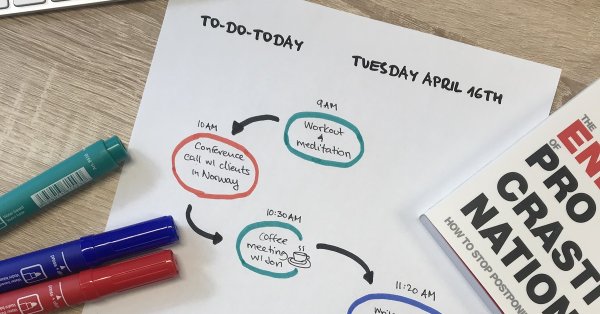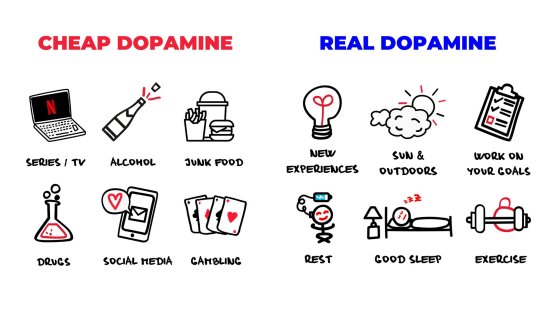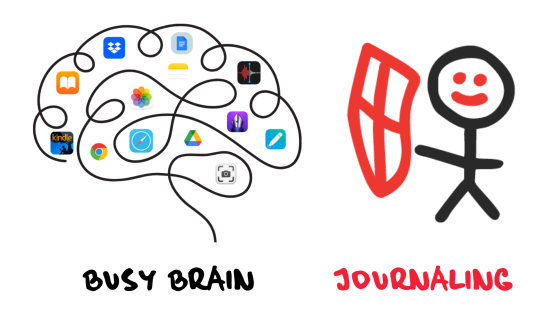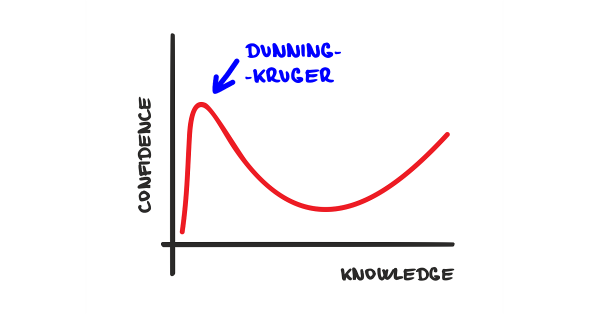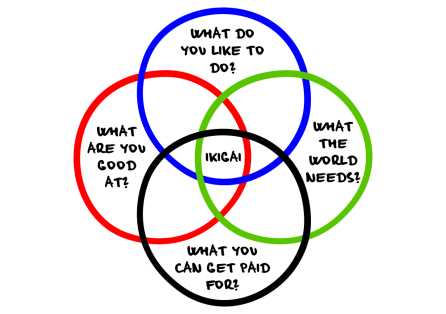Blog article
The State of Flow
Posted by Otto BohusHow to jumpstart your flow in 30 minutes a day?
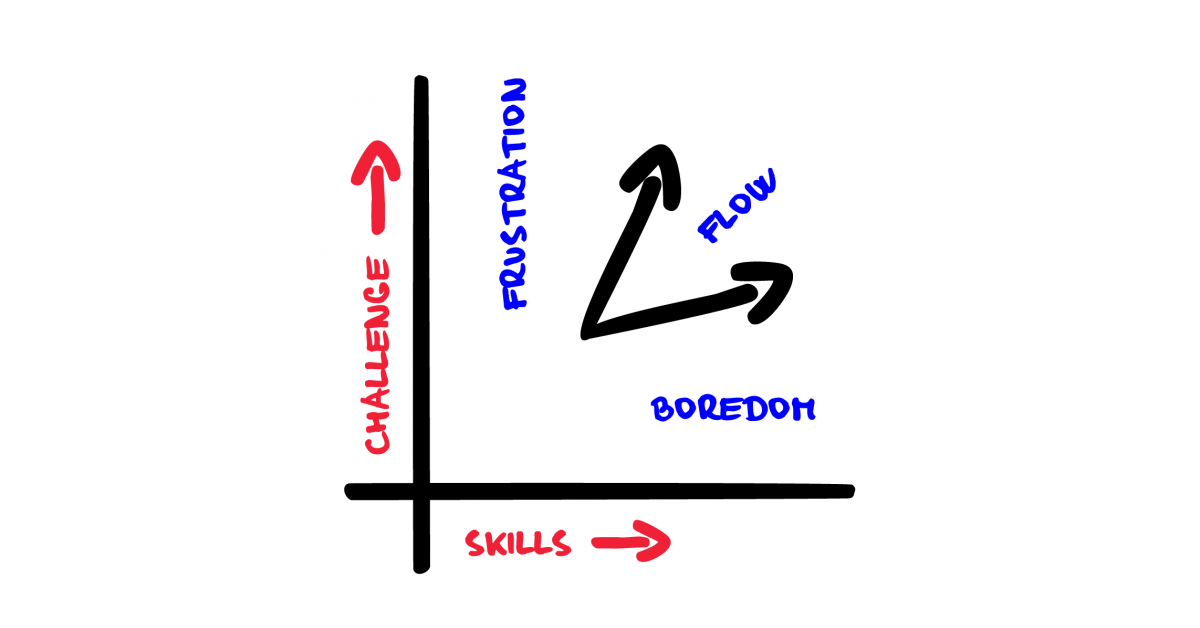
There are thousands of instructions on personal effectiveness. It’s quite confusing to make sense of it all, but here’s one practical thing you can start immediately.
As soon as you start it, you’ll wonder why you’d ever want to stop. You’ll feel the results soon. Is it a miracle? You could call it that.
Usually, it’s called the Flow-sheet.
I’ve been writing mine since June 2013, and it’s probably the best advice that I’ve ever received from the Procrastination.com consultations.
Where did the Flow-sheet come from?
The American psychologist Martin Seligman received a task in 2009: reduce the astounding amount of post-traumatic stress disorders, depression, and related suicides in the US Army. When the very stressful environment was explored, he recommended a simple experiment: every soldier would write a “positive diary.”
Every day, the soldier would write something that happened to him or her and was associated with positive emotions. Anything under these guidelines. Even the smallest situations.
What exactly is it?
It’s a sophisticated “accumulation” of positive emotions that your write down every day. The human brain is set up in a way that the present mood determines the evaluation of the individual’s entire life. If the current mood is bad, then the person evaluates his or her life badly, and if it’s a positive mood, then it’s seen in a positive light.
The brain is also focused on searching for negative information and risks while suppressing positive emotions due to its historical development, which previously helped us survive. Nowadays, the media constantly bombards us with negative information, which has trained our minds to remember the bad things in the past – and we eat it up. Maybe that’s why it’s hard to get up from bed in the morning, and why you haven’t made your big plans a reality. The Flow-sheet method helps to succumb the pressures mentioned above.
This “daily therapy” has fulfilled its rescue mission to the US troops. In a few months, the suicides in the army almost disappeared, and that’s how Seligman helped save a lot of lives.
Why does it take 30 minutes?
First, I wanted to motivate you a little with the headline... and it’s also true. It’ll take you approximately five minutes for you to read this article. You’ll think about it for another 10 minutes: Should I try it?... And then you need a few tools for the remaining 15 minutes. I assume you have a pencil ready.
Choosing a diary is all that remains. I recommend getting one that’s small enough to take with you on the road. This small weekly 14x9 cm planner is ideal for those that love Moleskine:
What exactly should you write?
Anything you wish. But try this: in the evening, choose three things that made you happy. Big, or small. About business, or something personal. At home, or when you’re out. Really, whatever you wish. Three emotional thoughts from your limbic brain. For the weekends when we have more time off, I’ve made an exception: I only write one thing down.
It’s also recommended to write down your “emotional score” (1 to 10) every day. I no longer do this; my entire Flow-sheet is a “ten.”
What happened to me when I did this?
Many wonders. For the first few weeks (no, actually the first whole month) I only wrote in the diary and never re-read it. Just the plain sight of it was all I needed – I saw it and knew that “all of it is in there.” Do you understand? The Flow-sheet lifted my long-term mood just by writing in it.
And now imagine how you write the Flow-sheet, and then after many months you read through it – your positive everyday records. Then you’ll love to “dig through your past.”
OK, let’s look at some examples
Suppose I’m sitting at a cafe and suddenly get depressed and feel sad. That’s when I take out my Flow-sheet and start reading what I wrote down before – for example, Monday, 29th of July:
- Unexpectedly, I got up at 6 am, started working, and surprisingly got a lot done by lunchtime. Very productive.
- I helped a lady down the stairs with a stroller and we both smiled at each other nicely ;).
- Later, a nice guy approached me and we chatted about traditional Slavic festivals and then he let me listen to the composer called Dvorak through his headphones.
It’s ok that he often sounds a little cliché. And it’s ok that we compliment ourselves from time to time. No one else will do it for you!
And that’s just and excerpt from one day. I was recently reading “June through September.” Phew! That was an emotional tsunami. I couldn’t believe my own Flow-sheet and how great my summer 2013 was.
Does that mean that I have a Superman life and I’m Mr. Perfect?
Not at all. I’m sure that a lot of ordinary, boring, tedious, awkward, and unsuccessful things happened to me from June to September. But I don’t make a list of them. I don’t have a reason why I should. I let those things float away from my life. Goodbye and farewell.
Free antidepressants.
Each line in the Flow-sheet instantly reminds me of the exact feeling I had in that certain situation – even if it was half a year ago.
The Flow-sheet is the best (and cheapest) antidepressant that you can buy. You don’t need to consult your personal doctor. It has long-term results without any side effects. I have personally tested it.
And now take a look at this... I wrote this great article within an hour. I’m pretty pleased with myself.
In the evening I’ll write it down in my Flow-sheet.
Additional sources
- Book: Ludwig P., Schicker A.: The End of Procrastination: How to Stop Postponing and Live a Fulfilled Life. New York: St. Martin's Essentials, 2018, ISBN 978-1250308054, 272 pg.
- Book: SELIGMAN, M. E. P. Flourish: a visionary new understanding of happiness and well-being. Ed. 1. New York: Free Press, 2012. ISBN 978-143-9190-760, pg. 239.
- Book: KAHNEMAN, D. a KRUEGER, A. B. Developments in the Measurement of Subjective Well-Being. Journal of Economic Perspectives. 2006, issue. 20, no. 1, pg. 3–24.
- Book: AMANO, T., DUVARCI, S., POPA, D. a PARE, D. The Fear Circuit Revisited: Contributions of the Basal Amygdala Nuclei to Conditioned Fear. Journal of Neuroscience. 2011-10-26, issue. 31, no. 43, pg. 15481–15489.
- Book: DIAMANDIS, P. H. a KOTLER, S. Abundance: the future is better than you think. Ed. 1. New York: Free Press, 2012. ISBN 14-516-1421-7.
